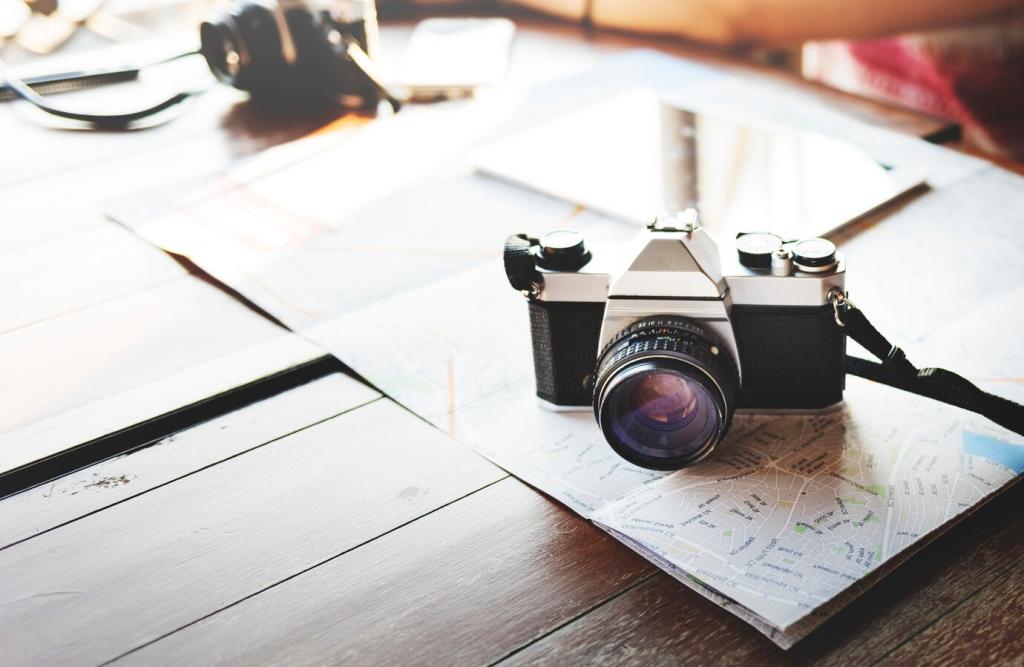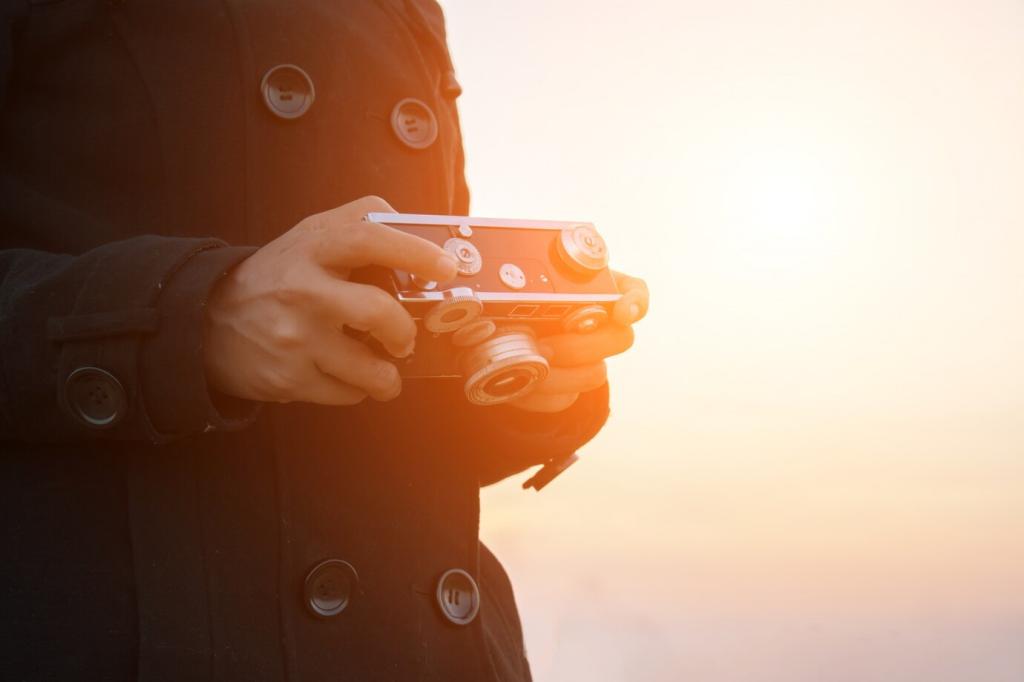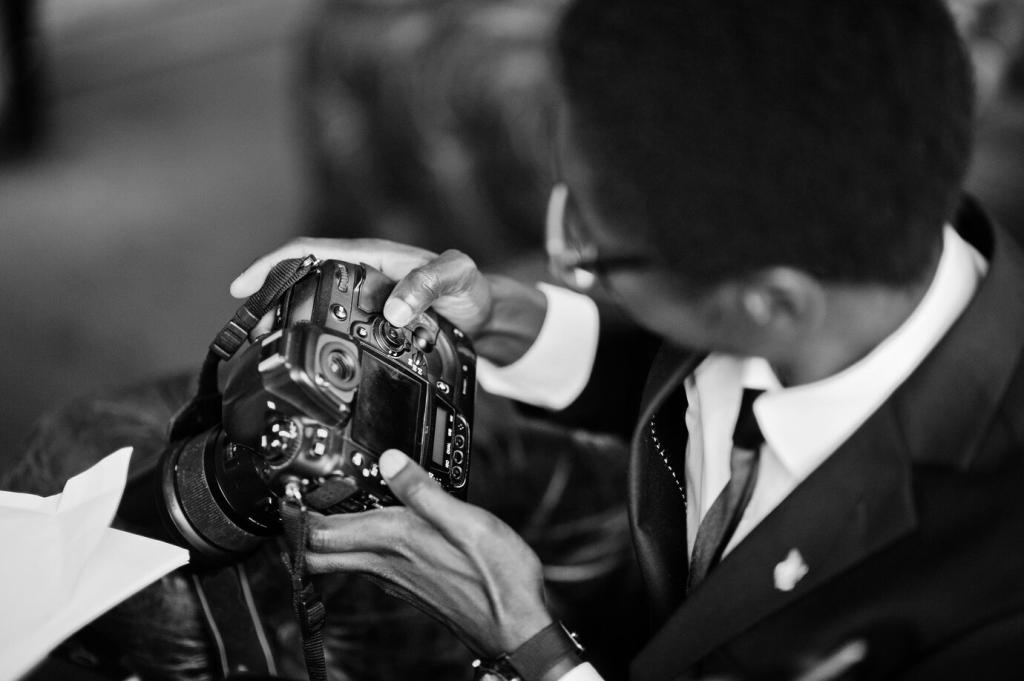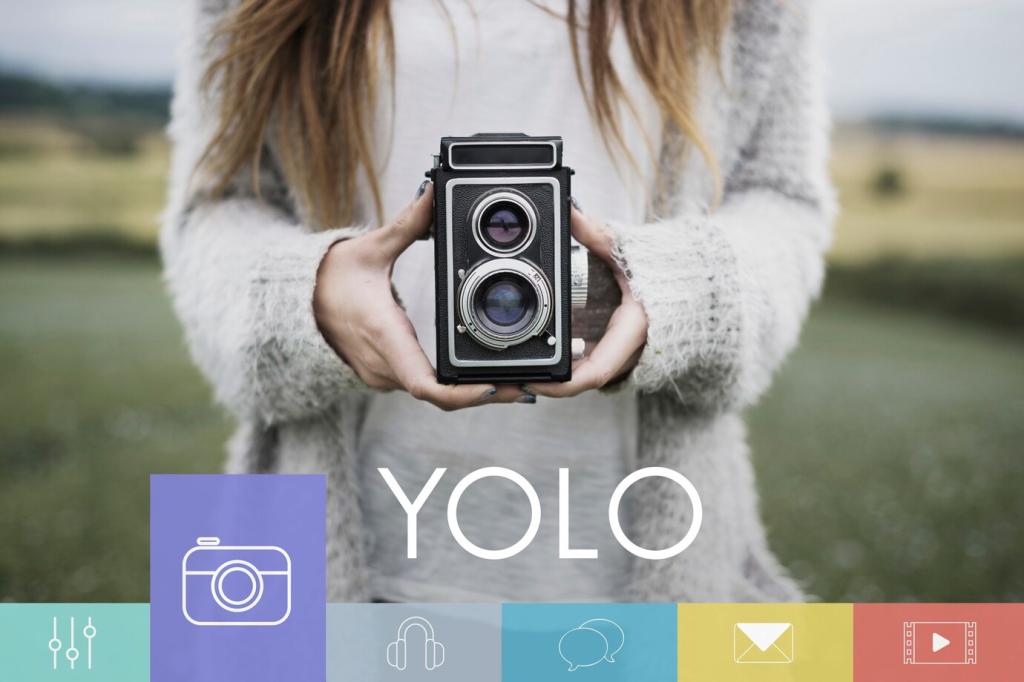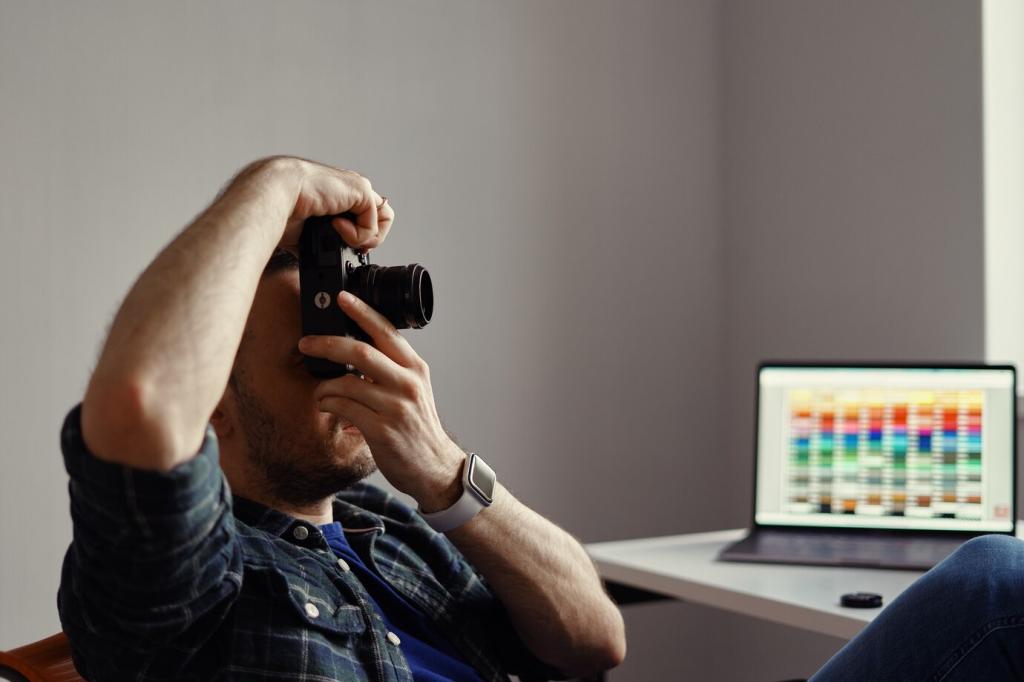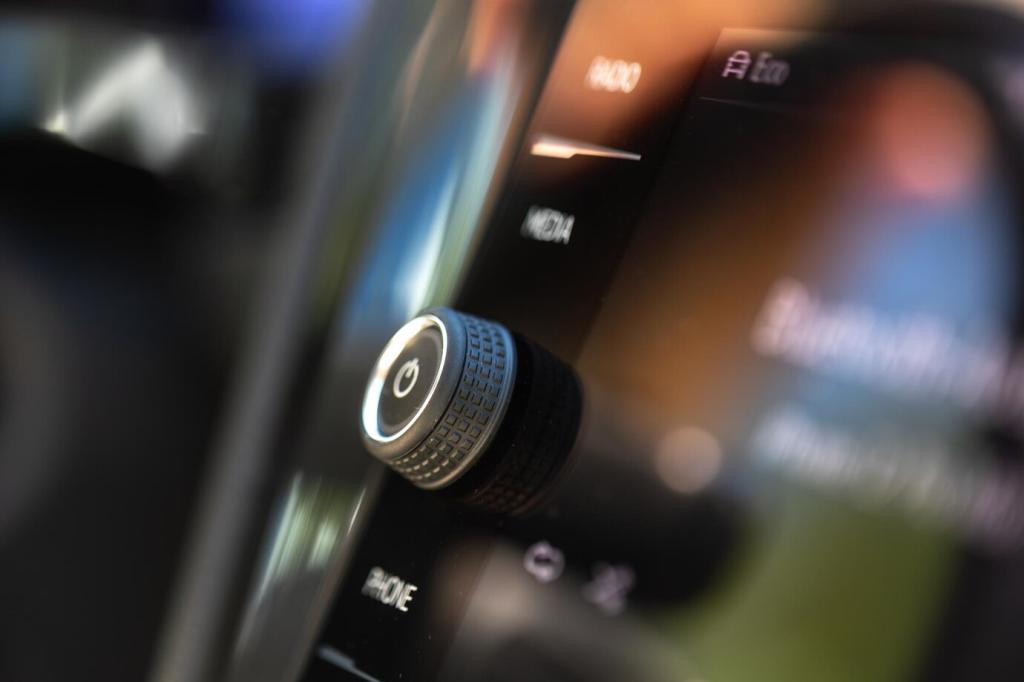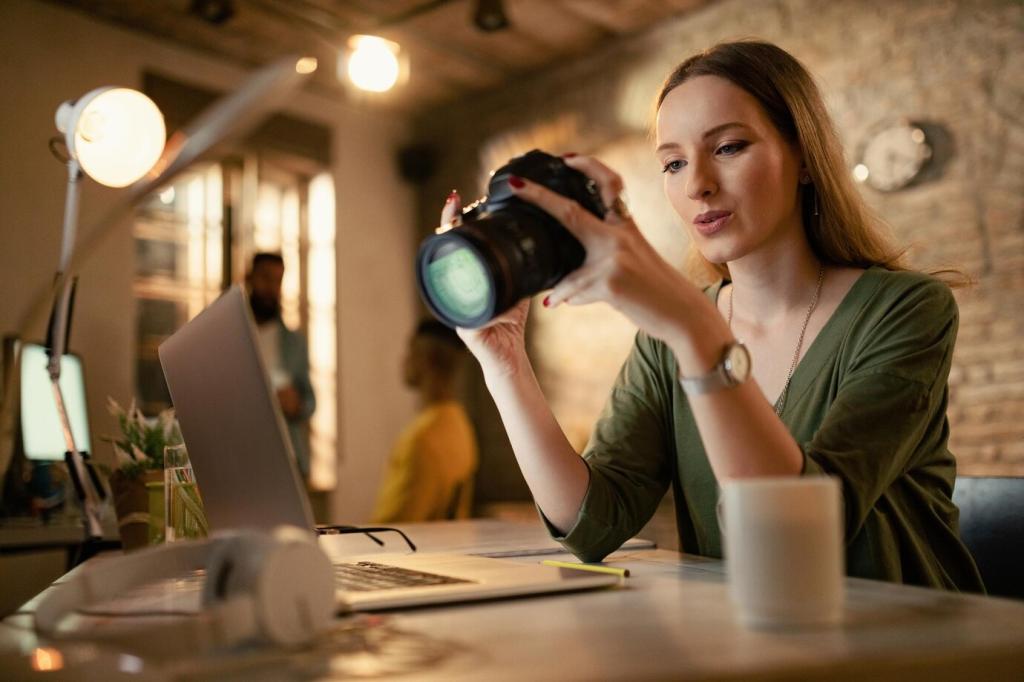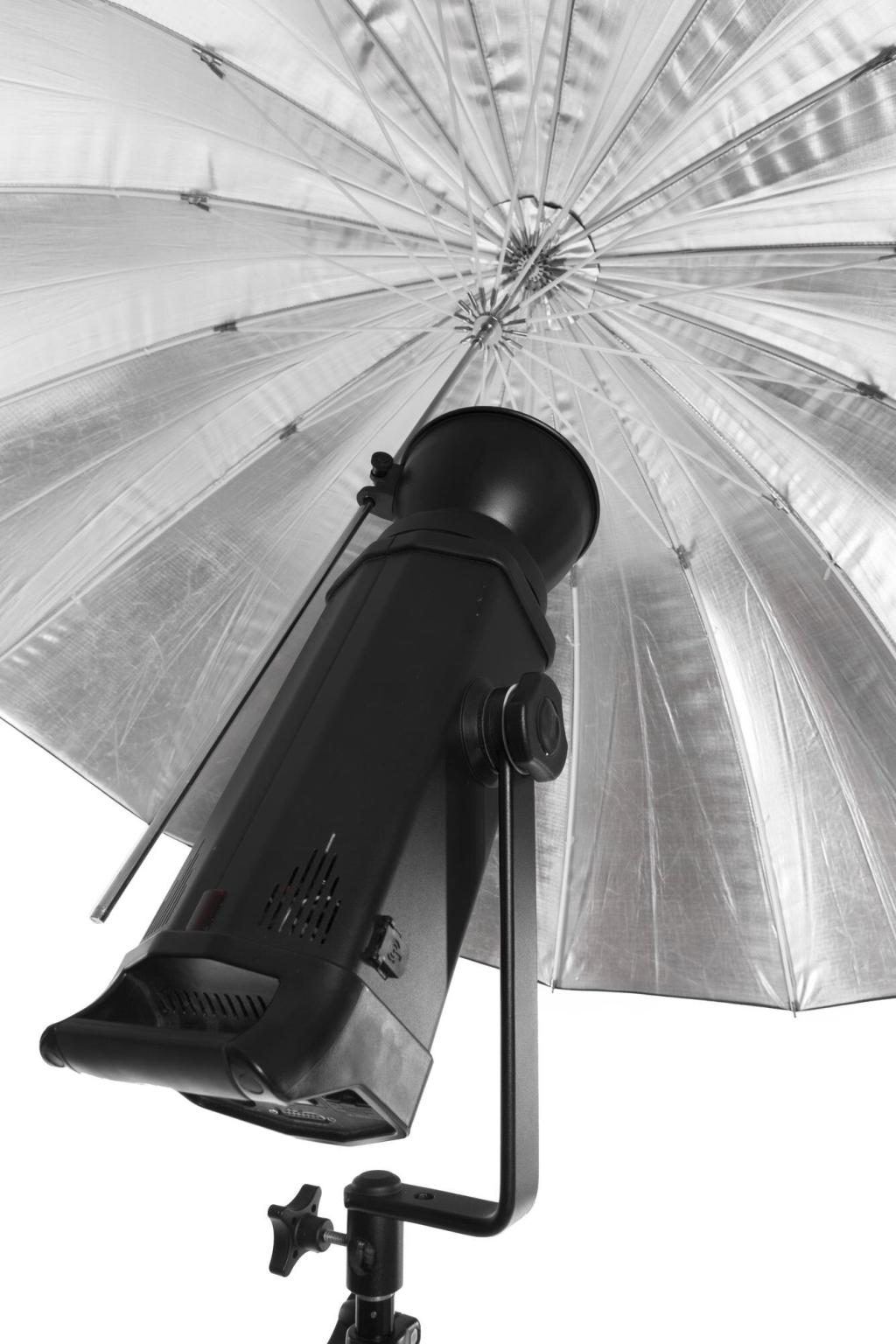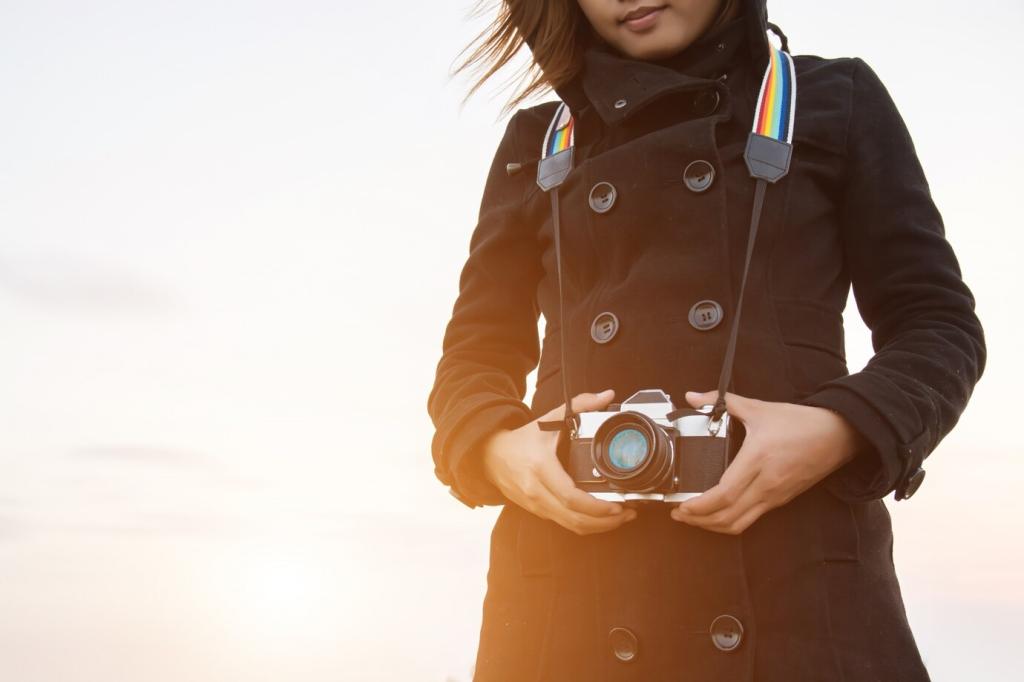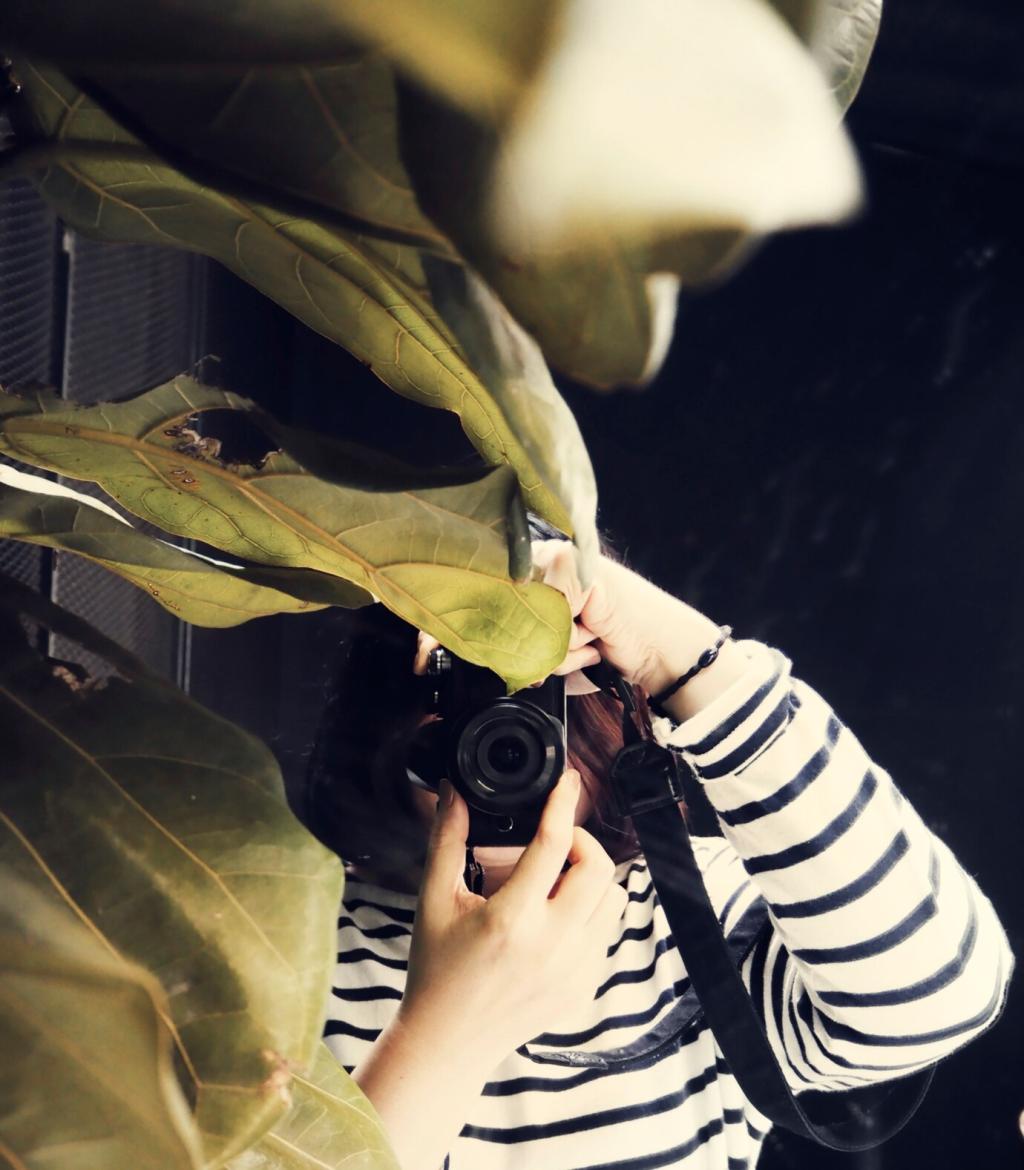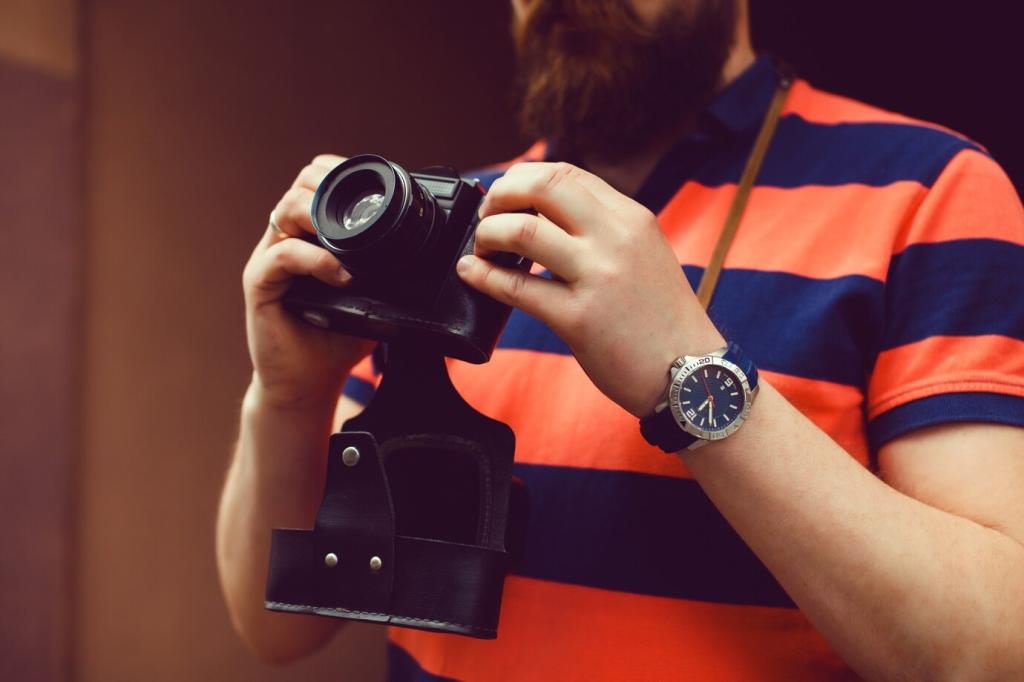Composition and Light Hunting After Dark
Look for shop windows, marquee bulbs, candles, or passing cars to rim-light faces and objects. Position subjects so their eyes catch tiny reflections for life and sparkle. Work the angle until shadows sculpt cheekbones naturally. Tag your favorite urban light sources and we’ll feature clever finds in upcoming posts.
Composition and Light Hunting After Dark
Place figures between your lens and a bright sign to craft graphic silhouettes. After rain, crouch low to double neon in puddles and lead the eye. Keep backgrounds simple so shapes read clearly. Share your most minimalist night frame and tell us which detail you deliberately left out.

